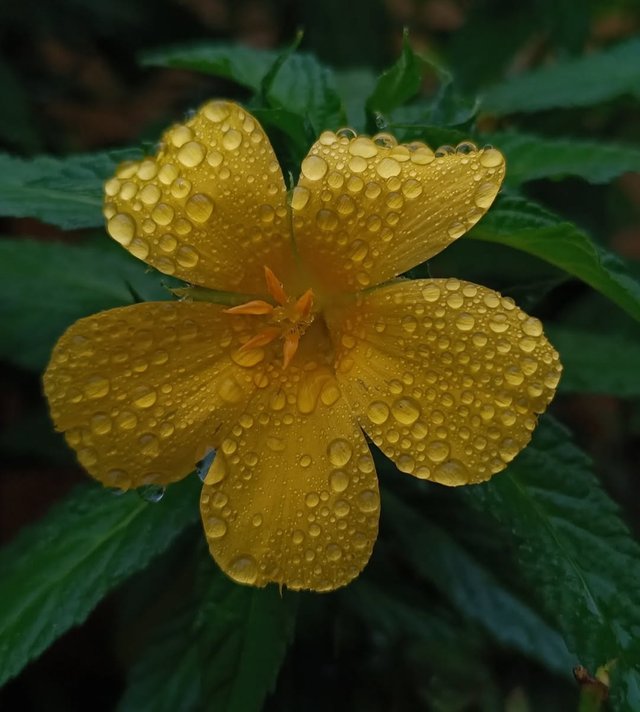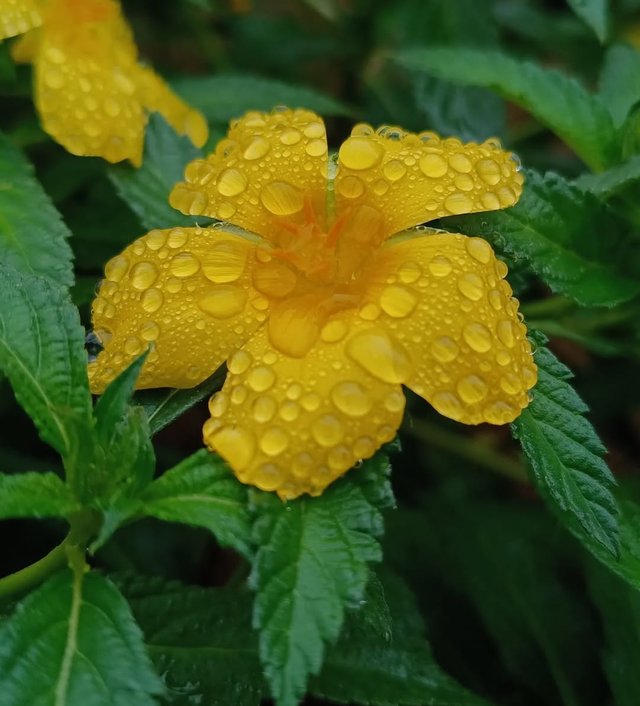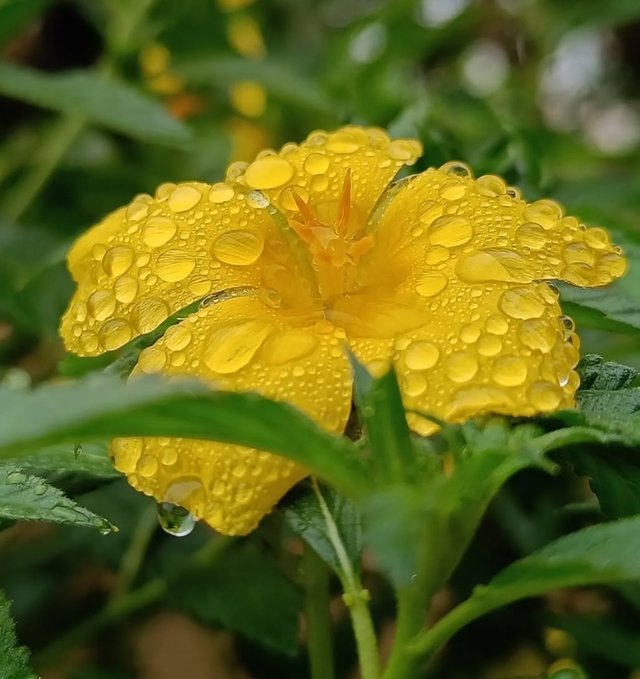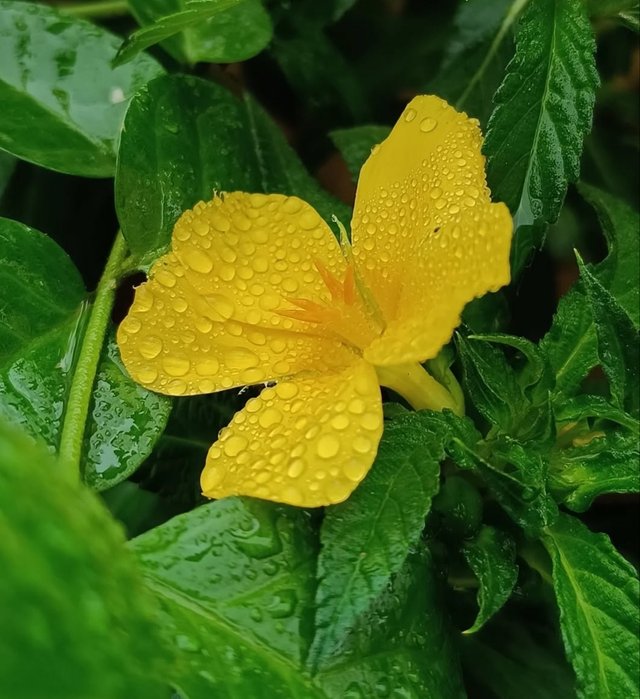Yellow Colour Turnera Ulmifolia Flower
Turnera ulmifolia: The Golden Beauty with Hidden Strengths
In the diverse world of medicinal and ornamental plants, Turnera ulmifolia, commonly known as yellow alder, ramgoat dashalong, or West Indian holly, stands out as a versatile gem. With its radiant yellow flowers and a range of purported health benefits, this unassuming shrub has earned a place in gardens, traditional medicine cabinets, and scientific studies alike. Native to the tropical Americas, Turnera ulmifolia has spread across the globe, thriving in warm climates and charming those who encounter it.
Botanical Overview
Turnera ulmifolia belongs to the family Passifloraceae and is a close cousin of the more widely known Turnera diffusa. A small, woody perennial herb or shrub, it typically grows up to 1 meter tall and is characterized by:
Bright yellow, five-petaled flowers that bloom in the morning and close by afternoon.
Elliptical, toothed leaves that resemble those of the elm tree
Hairy stems and leaves, which add to its rustic texture and visual appeal.
It is commonly found in disturbed areas, roadsides, open fields, and gardens, thanks to its hardy nature and ability to grow in poor soils.
Cultural and Ornamental Uses
As an ornamental plant, Turnera ulmifolia is a favorite in tropical and subtropical gardens. Its compact growth habit and vivid blooms make it an excellent border plant or ground cover. Gardeners appreciate it for being low-maintenance, drought-tolerant, and pest-resistant. It attracts pollinators like butterflies and bees, adding ecological value to its visual charm.
Traditional Medicinal Uses
In many regions where it is indigenous or naturalized, Turnera ulmifolia has been used in folk medicine. Some traditional uses include:
Anti-inflammatory and analgesic: Leaf infusions or poultices have been used to reduce pain and swelling.




%20(9).jpeg)